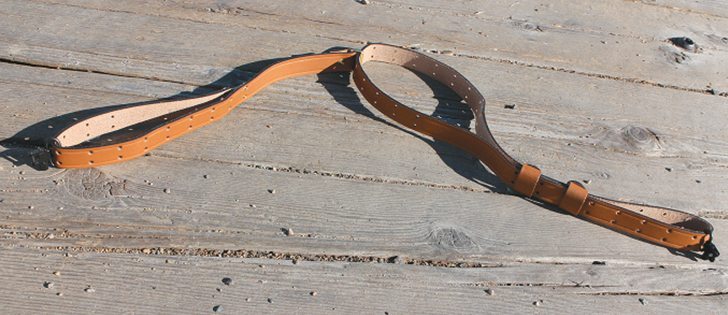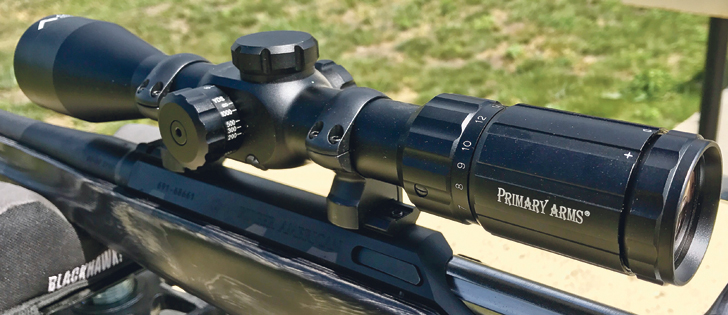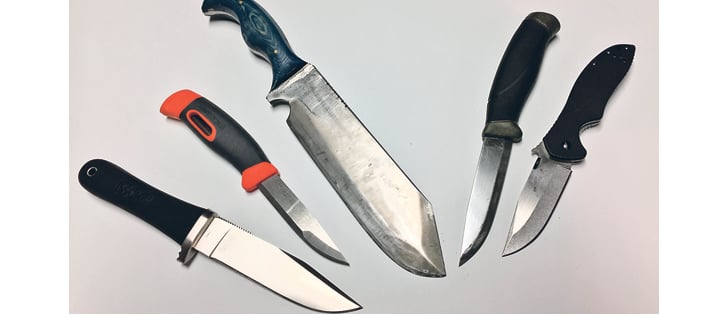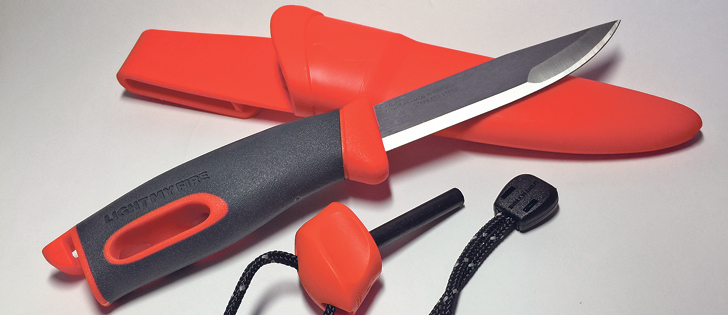Many shooters put a lot of thought into ammunition and optics but rarely consider how they are going to carry a firearm in the country.
Firearm slings and straps are an important concern that requires careful consideration.
Slings are normally made of leather looped into two segments with buckles. They were designed for older style military firearms, primarily as an accuracy aid for soldiers.
A strap is a length of material designed for shooters to shoulder their firearms. They can be narrow or wide at the area where the shoulder is intended to be.
Read Also

Proactive approach best bet with looming catastrophes
The Pan-Canadian Action Plan on African swine fever has been developed to avoid the worst case scenario — a total loss ofmarket access.
Narrow straps tend to sit on the shoulder better but can be uncomfortable over long periods. Wide straps are more comfortable during lengthy carry but tend to slip around on the shoulder, particularly when the shooter is wearing a thick winter coat.
A sling is more complicated than a strap, though both can be used to shoulder a firearm. Both may be used as shooting aids on quick shots, but the accuracy potential of a sling is much greater with a few extra seconds of preparation time.
A narrow strap would be a good choice when stalking through thick bush because hunters will often be carrying the firearm in their hands, and it can aid in quick shots. A wide strap would reduce discomfort and fatigue if they were going to be carrying for long periods.
A sling may be the best option when hunters expect to do a lot of off-hand shooting, which is shooting from a standing position.
Setting up a shot with a sling takes a bit of practice. Shooters must slip their off-hand (the one that supports the firearm) through one of the sling loops, bring the loop high up on the shoulder and tighten it down with one of the sliding keepers. They may then wrap their off-hand forearm around the remainder of the sling and palm the stock.
The resulting forces of the sling, stock and off-hand create a stable platform for the rest of the shooting posture. However, it takes a few seconds to get set up.
Setting up a shot with a strap is a simple matter of slipping your arm inside its loop, getting the strap as far up on your off-hand shoulder as possible, wrapping your forearm around the front of the strap, sliding your off-hand between the strap and the stock, and then palming the stock.
Using a strap in this manner is better than completely freehand. It is quicker than properly setting up a sling, but the resulting forces do not create as stable a shooting platform.
I have been guilty of zeroing a hunting rifle on a shooting bench at the range but not spending enough time shooting off-hand. It is important to do so, not only to get in some practice but also to double check your zero.
The forces created by a sling or strap on a stock can alter how the firearm performs.
The stock can cause enough distortion to cause the action and barrel to perform slightly different than resting on a shooting bench.
This difference is enough to create significant point of impact changes the farther down range a shot is taken. Adjust your zero accordingly.
Make sure you become familiar with how your gear performs together, whether you choose sling, narrow strap or wide strap. This helps ensure security in the field and your chances of making a humane shot.
Kim Quintin is a Saskatoon outdoor enthusiast and knife maker. He can be reached for column content suggestions at kim.quintin@producer.com or 306-665-9687.

















